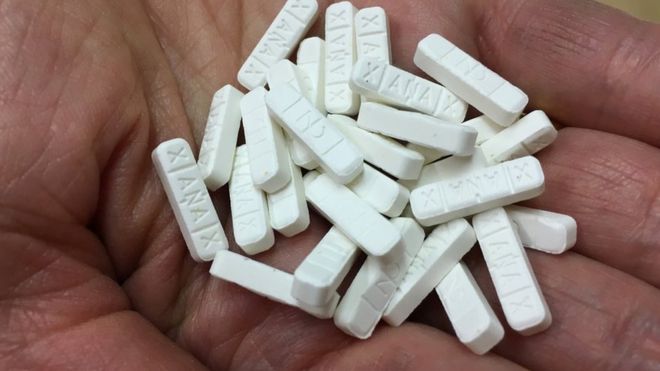Courtesy of Hazel Hawkins Memorial Hospital:
In 2017, San Benito County formed an Opioid Task Force to work toward ending the opioid epidemic locally. The task force is committed to reducing opioid use and overdose in San Benito County through community-wide mobilization. As an integral part of the Opioid Task Force, Hazel Hawkins Memorial Hospital (HHMH) applied for and received a grant from the California Bridge Program—a ground-breaking initiative designed to increase access to treatment for opioid use disorders. HHMH will receive up to $129,000 in funding to run the program.
Now in its first month, the new program enables the HHMH Emergency Department (ED) to effectively treat anyone who is experiencing withdrawal from opioids or would like to stop taking them. The ED starts patients on medication-assisted treatment by administering an initial dose of buprenorphine for opioid addiction. The brand name of buprenorphine is Suboxone, and it is safer than treating an opioid addition with methadone or keeping a patient on prescription painkillers.
“The treatment program is one more service we are trying to offer this community as the opioid crisis is soaring,” says ED Medical Director Dr. Michael Bogey. He welcomes all patients in need to come in for help. “We provide the first step,” says Bogey.
He welcomes all patients in need to come in for help. “We provide the first step,” says Bogey.

A unique aspect of HHMH’s opioid treatment program is the use of “telemedicine” to help patients secure ongoing treatment. The ED staff assists patients in connecting via an iPad with Bright Heart Health, a telemedicine provider. Patients meet medical staff and counselors via video conferencing and thereafter continue connecting to Bright Heart from home or anywhere with an internet connection. Bright Heart prescribes and monitors medications, and counselors help develop strategies to combat opioid abuse. In addition to BrightHeart Health, Hazel Hawkins Hospital also works with local recovery programs in San Benito and surrounding counties.
Although the CA Bridge grant focuses on opioid addiction treatment, the ED also has referral resources in place for all sorts of substance use from alcohol to methamphetamine. Doctors and patients agree together on the best option for each individual, with their individual goals and needs in mind.
“The best thing about this program is that it’s emergency department-based, which means we are available around-the-clock to help guide patients through recovery,” says Eric Bergersen, PA-C, who is currently the main liaison with the CA Bridge staff and oversees implementation of the program at HHMH in conjunction with Dr. Bogey.
HHMH will also be hiring a grant-funded Substance Use Navigator (SUN), who will guide patients through treatment. The SUN will be embedded both at HHMH and with the county’s Opioid Task Force to provide outreach to homeless communities and shelters in San Benito County. HHMH also plans to conduct outreach to treatment partners and vulnerable patient populations in the community.
“With this program, we are expanding the Emergency Department’s ability to treat a medical condition just as serious as a heart attack or stroke, but with an unfortunate social stigma which we hope to dispel,” says Bergersen.
The Hazel Hawkins Memorial Hospital Emergency Department is open 24 hours per day, 7 days per week and is located at 911 Sunset Drive in Hollister. For more information on the opioid treatment process, the Emergency Department can be reached at (831) 636-2640. In an emergency, always call 911.




